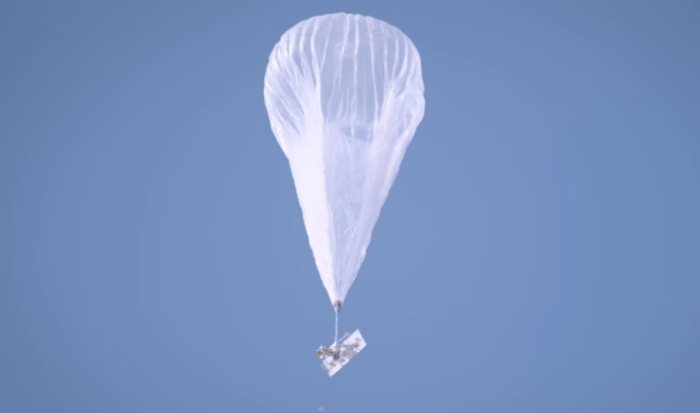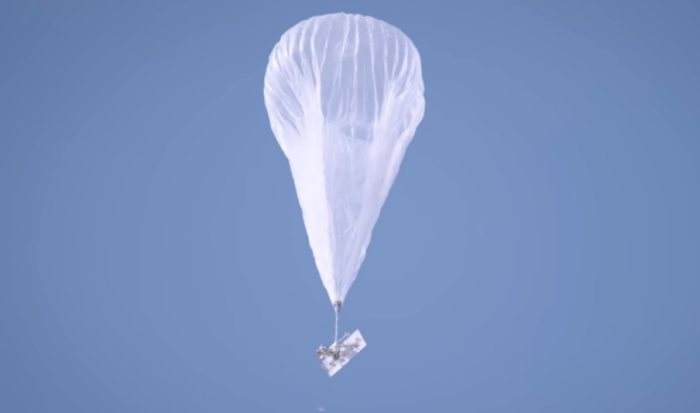News of Google's goal of providing broadband services to underserved regions via high-altitude balloons has been a little quiet lately, but it seems the Project Loon team has been keeping busy.

After several years of behind-the-scenes development, Google officially announced Project Loon back in 2013. The venture is being carried out by Alphabet Inc.'s (Google's parent company's) somewhat secretive research firm, X.
The project has been exploring the use of a fleet of balloons floating at an altitude of about 18 kilometres to create an aerial wireless network capable of delivering broadband speeds to users on the ground in underserved areas, where other services such as fixed wireless broadband aren't viable.
The balloons, which use battery powered communications equipment charged by solar panels, are designed to last more than 100 days in the stratosphere before parachuting to the ground in a controlled descent.
[embed]https://youtu.be/BEC0G2HbuiE[/embed]
The team has certainly had its share of challenges and accidents. Balloons have crashed in various locations, including Sri Lanka, the USA, South Africa and New Zealand; with some saying the project reflects the name - a little crazy.
Still, progress has been made. The company has been improving navigational systems and says it has flown over 19 million kilometres of test flights since the project began. The Project Loon team states it has demonstrated data transmission via laser between balloons situated more than 100 kilometres apart in the stratosphere and back down to people on the ground.
The most recent significant update relates to efforts in Peru, where record rains and associated flooding were responsible for more than a hundred deaths and caused USD $3bn worth of damage, destroying infrastructure and isolating communities.
Project Loon has been working together with a local telco and Peru's government to deliver basic Internet connectivity to people in affected areas around Lima, Chimbote and Piura. According to the company, very basic connectivity services have been provided to tens of thousands of people over a 40,000 square kilometre area. By the middle of May, it had served more than 160 GB worth of data - note a huge amount by most standards, but it has offered an important communications link.
"We’ll continue to help deliver balloon powered internet over Peru for as long as it’s helpful," said the Project Loon team in May.
More recently, ABC news reported balloons were drifting over northern Australia from late May as part of navigational testing.
Another novel aerial internet connectivity project making progress is Facebook's Aquila. Facebook CEO Mark Zuckerberg recently announced the company's massive solar powered Aquila drone had successfully completed a test flight in late May.



